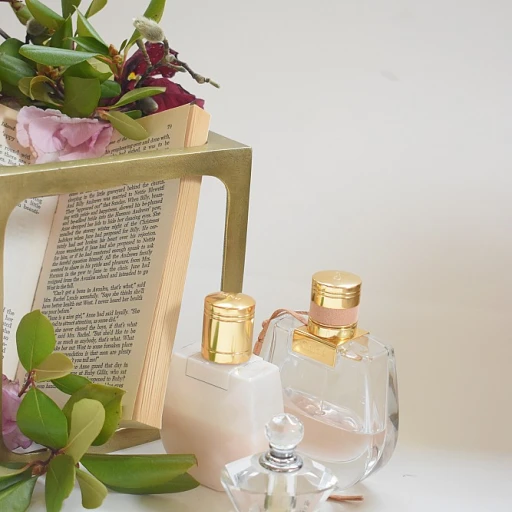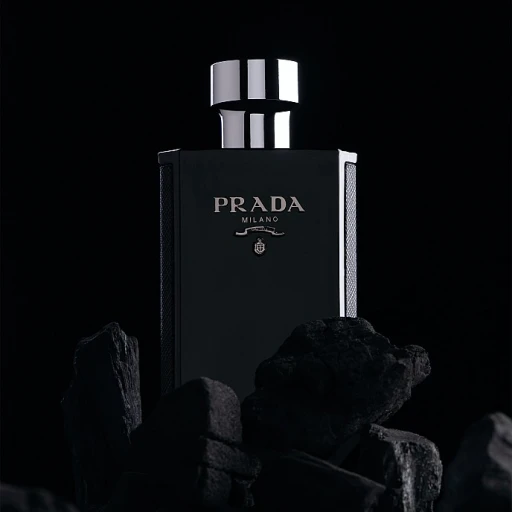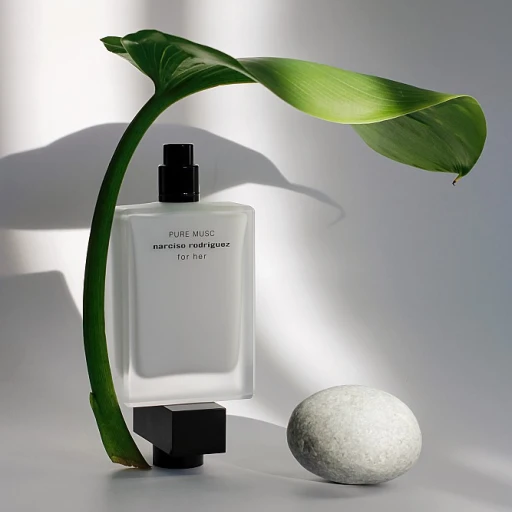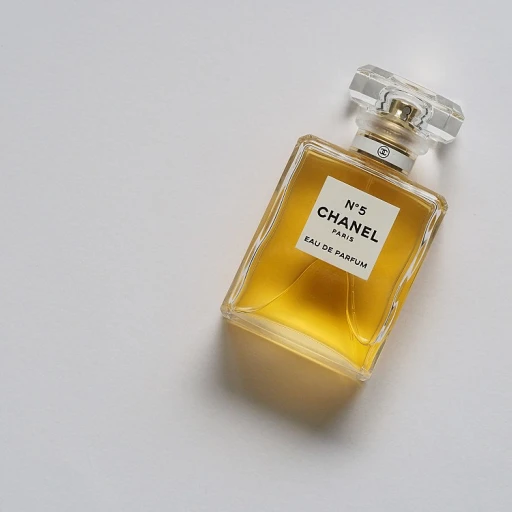
Tracing amber's fragrance history
A glimpse into the past of amber's aromatic allure
Amber, with its deep and warm resonance, has been a cornerstone in the world of fragrances for centuries. The scent, which today is synthetically replicated for ethical and sustainability reasons, traces its historical lineage back to the ambergris found in the digestive system of sperm whales. Revered for its unique scent profile, which develops over time through a natural process, ambergris was a prized possession in ancient times and was often referred to as 'floating gold' due to its rarity and value.
When discussing the storied past of amber in perfumery, it's fascinating to explore the interplay between amber and other heady scents like patchouli. Patchouli, another historical fragrance mainstay, often complements the deep and resinous notes of amber, adding to the mystique and layered complexity that makes amber perfumes so enticing.
Antiquity to Modernity: Amber in Perfumery
The historical use of amber can be traced to ancient cultures such as the Egyptians, who incorporated it in incense and embalming practices, and the Chinese, who used it in medicine. In medieval Europe, ambergris was employed in making scents that were believed to ward off diseases, and by the 18th century, it cemented its status as a staple in high society perfumery.
Over the years, as perfumers gained understanding and resources, synthetic amber, which replicates the warm, cozy aura of its natural counterpart, gained popularity. This allowed the scent to be more widely accessible, thereby expanding its audience among fragrance enthusiasts. The modern perfumery landscape often features 'amber' as a blend of labdanum, benzoin, and vanilla, creating the illusion of the traditional scent without the use of actual ambergris.
Reflections on the timeless essence of amber
The scent profile of amber is often described as a warm, musky aroma with touches of earthiness and a hint of sweetness. This rich and enveloping fragrance has contributed to its lasting popularity and can be found in the heart or base notes of many iconic perfumes, lending a sense of depth and complexity to the composition.
The emotional connection that people have with amber is notable; its cherished warmth has a comforting quality, akin to the glow of a fire on a cold night. It's not just a scent, but a nostalgic journey that evokes the essence of age-old traditions and memories, echoing through the corridors of history into our present-day olfactory experiences.
Amber defined: scent characteristics and compositions
The Essence and Composition of Amber
When we talk about the essence of amber in perfumery, we're delving into a scent that is not derived from a specific plant or flower, but rather a conceptual fragrance crafted from various sources. True amber is a fossilized tree resin, not typically used directly in fragrances, but the term 'amber' in the perfume world refers to an olfactory profile that is warm, powdery, sweet, and often resinous. Notably, amber fragrances are commonly built around a synthetic note called ambergris, labdanum, benzoin or a combination thereof to create its distinctive warm and musky essence.
Interpreting Amber Notes
The interpretation of amber in perfumery can vary. Some perfumers describe it as a deep scent with vanilla undertones that evoke comfort and warmth. Amber scents are often associated with the oriental fragrance family and are considered to have a base note quality, providing a lasting foundation upon which other, lighter notes rest. In perfumery, 'notes' reference the layering of scents that unfold over time from the initial application. Amber typically plays the role of a middle to base note, anchoring the fragrance with its rich character.
The Intricacies of Amber Compositions
The composition of amber fragrances can include ingredients like vanilla, which adds a creamy sweetness; patchouli that imparts an earthy depth; sandalwood for its soft, woody touch; and fragrant resins like frankincense and myrrh that contribute to the spicy, incense-like quality many amber perfumes possess. The addition of musk in perfumery is another example, often enhancing the warm and sensuous nature of amber, adding a touch of animalistic depth that has been cherished in fragrances for centuries.
Modern Amber Fusions
In recent years, the use of amber in perfume has evolved, with perfumers experimenting with new ingredients to create the classic amber vibe in a modern key. The goal is to strike a balance between the rich, comforting base that amber provides and contemporary preferences for lighter, more versatile scents. Some perfumes may include citrus top notes to give an immediate, refreshing burst before settling down to the warm amber heart and base notes. Others may blend aquatic notes or green accords with traditional amber components to offer a fresh twist on the well-loved oriental theme.
The art of crafting amber perfume
The journey from raw ingredients to a bottle of amber bliss
The world of amber perfume is rich with tradition, and the craft of creating this warm, musky scent is both an art and a science. It starts with the careful selection of raw materials, where amber, in its various forms whether resin or ambergris, plays the pivotal role. Artisans and master perfumers draw upon a palette of ingredients that usually includes labdanum, a sticky resin from the cistus plant, benzoin, and often vanilla to enhance the natural warmth of the fragrance.
Once these ingredients are selected, the meticulous process of extraction begins. This can take many forms, from steam distillation to solvent extraction, but the aim is always to capture the most pristine essence of each component. Some of these processes, like aging the extract, can take several years, adding to the depth and complexity of the scent.
The blending of these extracts is where the true artistry comes in. Perfumers will often use their intimate knowledge of fragrance to balance the heavy warmth of amber with lighter notes like bergamot or floral touches that invoke a certain emotion or memory. The result? A captivating scent that feels both ancient and immediate. When the blend is perfected, it is then mixed with alcohol and water and left to mature, a process that can further change and deepen the scent profile.
In visiting the next stage of our signature scent journey, it's fascinating to see how perfumers employ top notes to create a distinctive first impression before revealing the deeper warmth of the amber base.
Modern interpretations and the use of synthetic amber
In today's market, with the rising demand for ethical and sustainable products, there's an increasing use of synthetic amber. These amber alternatives aim to replicate the complex characteristics of natural amber without the need for animal-derived products like ambergris.
Synthetics offer consistency and versatility, allowing perfumers to experiment with different facets of the amber scent. Brands are able to produce a more uniform product batch after batch, making synthetics a practical choice for large-scale production. But whether they opt for natural, synthetic, or a blend, the goal remains the same: to deliver a luxurious experience that evokes the signature warmth and sensuality of amber perfume.
The collaborative effort behind a bottle of amber perfume
Creating an amber perfume is not a solitary endeavor. It's often the fruit of collaboration between perfumers, known as 'noses', fragrance designers, and even sometimes celebrities or other influencers. Each brings a different perspective and expertise to the table, essential for crafting a multi-faceted and appealing scent. The chemistry between the collaborators can be just as important as the chemistry in the fragrance itself, resulting in a perfume that's greater than the sum of its parts.
Even once the perfect blend is achieved, the journey isn't over. The packaging and marketing of an amber fragrance are critical to its success. A bottle that captures the essence and allure of the scent within can be the final nudge for a consumer choosing from an array of options in a crowded market.
Expert opinions on amber fragrance
Decoding the Allure: Expert Insights into Amber Fragrances
When you breathe in the rich, earthy essence of an amber perfume, you're not just smelling a fragrance; you're experiencing a legacy. Renowned perfumers see amber as a cornerstone of their craft, lending a warm, powdery, sometimes resinous depth to their olfactory creations. Perfume experts, including luminaries like Jo Malone and Francis Kurkdjian, often cite the importance of amber in providing a lasting foundation for complex scents.
Experts like Dr. Luca Turin, author of The Secret of Scent, highlight the chemistry behind amber's appealing scent. Emphasizing its versatility, Turin notes how amber blends seamlessly with various notes, enhancing spices, florals, and oriental compositions, creating a symphony of olfactory pleasure. According to Turin, the science of scent is beautifully embodied in the warm embrace of an amber essence.
Recent studies, such as those published in the Journal of Perfumery and Flavorist, reveal that natural amber compounds, such as labdanum and benzoin, can be combined with synthetic analogs like vanillin to replicate the coveted amber scent. Such revelations throw light on how perfumers conjure up the coveted 'amber effect' in their formulations.
Case in point, in a report by the International Fragrance Association (IFRA), amber is listed as a key component in numerous bestselling perfumes, pointing to its unwavering popularity among scent enthusiasts. Moreover, the warm and musky notes characteristic of amber are often referred to as 'comforting' by fragrance reviewers, many of whom resonate deeply with this element of perfumery.
Discussions on fragrance forums and product reviews often turn to the topic of amber. For passionate scent connoisseurs, an 'amber perfume oil' or 'amber eau de parfum' might inspire nostalgia or a sense of luxury. Users frequently write reviews stating their love for the 'super warm and addictive' nature of amber fragrances, which they hail as their go-to for both everyday elegance and evening sophistication.
Amber's trends within the perfumery industry are observed through annual sales metrics, with an increasing preference for scents that include 'notes of amber' combined with vanilla, musk, or exotic spices. Experts within the field assert that products with 'amber fragrance' in their title frequently benefit from heightened consumer interest and, as such, are afforded more prominent placement in retail environments.
The influence of regional preferences, such as those in the United States, particularly in states like California, showcases the diversity of amber's appeal. Native brands like Nemat International, specializing in musk and amber oils, underscore the demand for these scents and have contributed to the local fragrance industry's growth.
Fragrance houses regard amber as a veritable goldmine for creating 'eau de toilette' and 'parfum' varieties that resonate with a broad audience. Its mystique remains unfading; as masters of scent continue to explore and revere this timeless note, amber perfumes hold a revered spot in the pantheon of olfactory artistry.
Amber perfume reviews: the hits and misses
The Inspiring Ambivalence of Amber Perfume
The amber fragrance has a storied reputation, at times exalted for its warm and opulent aroma, and at others scrutinized for its omnipresence in perfume compositions. Consumers are often polarized—some are captivated by its enveloping charm while others seek fresher vistas. This duality propels ongoing discussions within fragrance forums and among olfactory connoisseurs.
Deciphering Customer Sentiments
Opinions about amber perfumes are as varied as the scents themselves. Scanning through online reviews, one encounters a realm of visceral reactions. For instance, a commonly praised product might be Nemat's amber perfume oil, often lauded for its ability to evoke a sense of warmth without overwhelming the senses. On the flip side, not all feedback is glowing; some reviewers note a particular blend's lack of longevity or an overly synthetic feel.
A Spectrum of Responses to Singular Scents
Reviews can provide illuminating insights into the versatility of amber perfumes. A specific blend's success often hinges on the balance of its warm, musk, and vanilla notes. Take, for example, Super Amber Eau Parfum; frequent accolades highlight the concoction's sophistication and inviting aroma, which strikes a harmonious chord with a diverse clientele. Yet, some critics view its ubiquity as a deterrent, expressing a preference for more unconventional olfactory experiences.
From Affirmations to Dissent
Perusing product pages, one consistently encounters the 'write review' button calling for customer feedback. Bursting with both commendations and critiques, anonymity online permits a frankness that is as penetrant as the scent subject to scrutiny. A perfume like Amber Eau Toilette might find itself in the midst of a controversy, feted by some for its accessibility and 'free shipping' policies, while others lament its lack of complexity.
Conclusions Drawn from an Olfactory Mosaic
In the United States, particularly in places like California, niche fragrance brands like Amber Musk and Amber Eau Parfum have cultivated a fanbase who admire the scent's cozy and intimate vibe. Nonetheless, the overall sentiment across amber fragrance reviews often hinges on an appreciation for both the traditional appeal of amber and the innovative spins that newer fragrances present.
Reflecting on the Collective Voice
The reviews call attention to a significant variable in the fragrance industry—consumer preference. While one product is adorned with 5-star ratings and labeled a 'must-have' by patrons, a similar fragrance might garner mixed responses due to its notes of amber and musk. Such is the nature of personal taste, reinforcing the adage that beauty—or in this case, scent—is indeed in the nose of the beholder.
Top-rated amber fragrances and where to find them
Discovering Acclaimed Amber Perfumes
Amber, with its warm, musky notes, has become a go-to for fragrance lovers seeking depth and coziness in their scent profile. This balsamic gem is a mainstay in the fragrance family, effusing a rich, honey-like warmth that’s both sensual and comforting. The finest selections of amber perfumes often find themselves buoyed to the limelight by a chorus of praises from both experts and users alike.
When exploring top-tier amber fragrances, it is common to stumble upon Nemat International’s offerings, revered for their quality amber perfume oils. Originating from the rolling landscapes of California, Nemat's formulations captivate enthusiasts with their exotic resonance and longevity.
For those seeking to immerse themselves in the amber experience without commitment, many products are available with free shipping across the United States, providing an accessible entry into this olfactory journey. Brands have recognized the allure of amber, often including enticing trial sizes and sample products to their customers, encouraging exploration.
Amber’s olfactory ballet often features whimsical notes of vanilla, musk, and even eau de parfum variations with a hint of spice or citrus to lift the composition. Scents like 'Super Amber' have received glowing reviews, with many consumers expressing their love for the super warm addictive character of these fragrances.
The Hunt for Authentic Amber Elixirs
When it comes to purchasing, aficionados are often on the lookout for authenticity. A genuine amber perfume oil is treasured for its natural, resinous heart derived from ambergris or labdanum, contrasting sharply with synthetically altered counterparts that lack the full, enveloping experience.
While browsing, a keen eye might note that certain amber oils and perfumes specify being vegan and cruelty-free, ensuring they align with ethically conscious preferences. Often, these details are highlighted in the product descriptions and can influence purchase decisions.
It's important to mitigate the minefield of online shopping; false claims of 'pure' and 'natural' can be made unchecked. As such, reading through customer reviews and the 'write review' sections for products can lend insight into the true quality of the fragrance. Trustworthy retailers often induce confidence by offering free paraben and phthalate-free guarantees for their fruity amber fragrances.
Placing Premium on Accessibility
The rise of e-commerce has revolutionized the way fragrance enthusiasts acquire their coveted amber potions. Websites offer a diverse array of amber-centric products - from eau de toilette to more potent eau de parfum forms. They commonly promote consumer engagement with features that allow them to track order progress or take advantage of promotions like free shipping on orders surpassing a regular price benchmark.
As the perfume landscape evolves, the quest for the perfect amber scent becomes a personal journey of discovery. With the myriad of resplendent choices laid out before us, each with its own unique blend and character, the adventure in finding that one signature amber perfume is as rich and rewarding as the fragrance itself.
The cultural impact and trends of amber perfume
The cultural significance of amber's warm embrace
Amber, with its warm and sensual aroma, has been leaving a significant mark on cultures around the globe. Its sweet, resinous scent has been valued not just for its aromatic qualities, but for its reputed healing properties and spiritual significance. In perfumery, the use of amber can be traced back to ancient times, becoming a symbol of luxury and status throughout history.
Current trends in amber perfumes
In the world of modern perfumery, amber perfumes continue to evolve. Today's trending amber fragrances often mix traditional warm and musky notes with more contemporary elements such as vanilla or floral accents. Industry reports indicate that some of the fastest-growing segments within the fragrance sector include oriental and woody scents, into which amber fragrances neatly fit. This indicates a resurge of interest in deep, evocative scents that have stood the test of time.
Impact of amber fragrance on the industry
Amber has undeniably contributed to shaping the perfume industry, inspiring countless flankers and variations. Brands in the United States, particularly those based in California, are creating amber-centric collections that are vegan and cruelty-free, showcasing the versatility and enduring appeal of this ingredient. Consumer reviews widely praise amber for its long-lasting and comforting scent profile, which has helped amber-based products maintain strong sales figures, even in the competitive market.
Experiencing amber in everyday life
The warmth of amber is not confined to fragrance bottles alone; it is an aromatic experience that people love to infuse in their daily lives through candles, bath and body products, and even in interior scents. Its ubiquity in these products speaks volumes about its popularity. The free shipping offers and regular discounts provided by brands are certainly a testament to how e-commerce has made the alluring scent of amber accessible to a larger audience.
Future trajectories for amber fragrance
Looking ahead, it's clear that amber as a fragrance note will continue to play a pivotal role in the perfume industry. The interplay between traditional artisanship and innovative synthetic blends points towards an exciting trajectory for amber fragrances. With the increasing consumer interest in sustainability and ethical sourcing, the fragrance industry's approach to sourcing amber notes may well include more transparency and eco-conscious practices.
Amber fragrance DIY: blends and homemade options
Exploring homemade amber fragrance options
Delving into the realm of fragrance, one can't help but admire the versatility of amber as a scent component. Amber lends itself not just to the labs of perfumers but also to the homes of enthusiastic DIYers, eager to capture its warmth within their personal creations. Crafting a signature scent at home can be an intimate, fulfilling experience, and amber's agreeable nature makes it a beloved choice for the amateur alchemist.
A guide to blending your own amber scent
To start, amber oil, often sourced naturally from the fossilized resin, serves as the base note in these aromatic endeavors. Many online forums and resources are abounds with tips on how to best blend amber oil with other fragrance oils. A preferred blend involves combining it with vanilla for a sweet, full-bodied base, hinting at hints of musk to add complexity and depth. Patchouli is another popular co-star, imparting a rich, earthy edge that contrasts beautifully against amber's warm sweetness.
Amber fragrance recipes shared among communities have demonstrated varying proportions to accomplish a broad range of desired olfactory outcomes. For those looking to conceive a personalized amber perfume oil, a ratio of 1:1:1 of amber, vanilla, and musk would serve as a simple, foolproof starting point, easily altered to suit individual preferences.
Resources and tools for the DIY perfumer
Most crafting aficionados suggest that the best results are achieved with high-quality essential oils or fragrance oils that are free of parabens and phthalates. Supplies are typically accessible through online retailers that often offer free shipping for larger orders. Despite the ease of obtaining these products, it is the skillful blending and patience during the maturation of the perfume that cultivates the true character of the scent.
Incorporating regional flair into homemade amber fragrances
Personal anecdotes from DIY perfumers reveal a fascinating trend of integrating local botanicals to infuse a territorial fingerprint into their homemade amber perfumes. For instance, in areas like California, the addition of hints of eucalyptus or citrus notes can bridge the perfume to its geographical identity, creating a truly unique and personal expression of place and self.
These artisanal approaches not only result in a one-of-a-kind fragrance experience but also resonate with the growing desire for vegan and cruelty-free beauty options. Individuals who carve out their niche in the art of perfume-making often strive for ethical sourcing, further grounding their craft in authenticity and consciousness.
Amber perfume as an expression of individuality
Outside the scope of traditional retail, homemade amber scents embody the individualism and creativity of their creators. Forums and social media teem with stories from those who have found joy in sharing their concoctions with friends and family, often blossoming into a side business or simply remaining a cherished hobby.
The allure of experimenting with amber fragrance at home is undeniably magnetic. With every drop and blend, history and personal narratives intermingle, creating a tapestry of scents that is both intimate and expansively human.
The potential of amber in bath and body products
Amber's versatility stretches beyond perfumes into the realm of bath and body creations. DIY enthusiasts champion the ease of infusing lotions and soaps with amber notes, often using essential oils as a natural scent component. Such endeavors not only offer personal satisfaction but also have the potential to spark micro-enterprises, contributing to local economies and supporting self-sufficiency.
The shared experiences of crafting amber-infused products reflect a broader shift towards artisanal goods in the United States and abroad—a trend that highlights the value placed on bespoke, handcrafted items over mass-produced alternatives. In this personal journey of fragrance creation, amber remains a fragrant vessel through which memories, stories, and identities are distilled and celebrated.

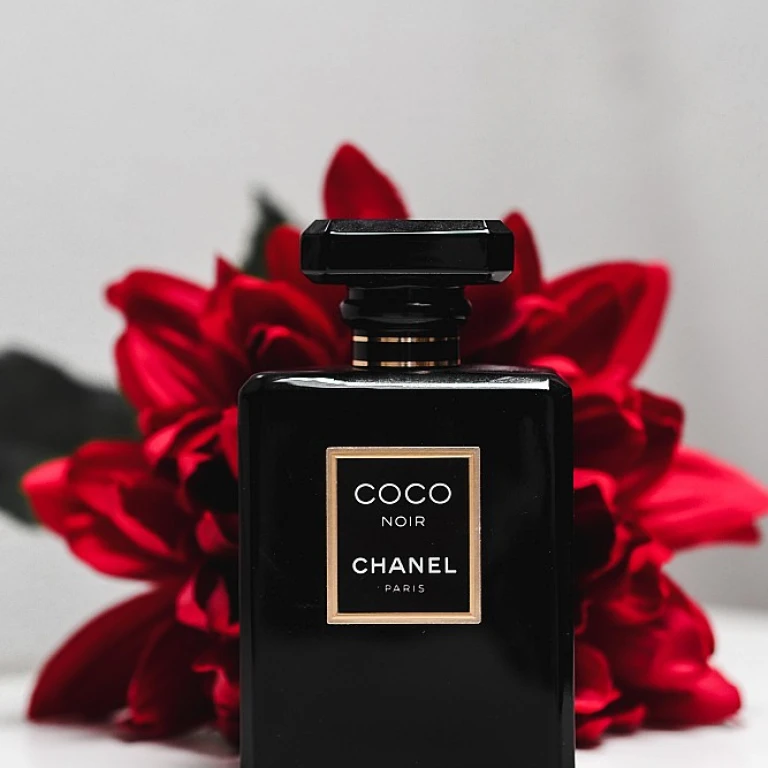
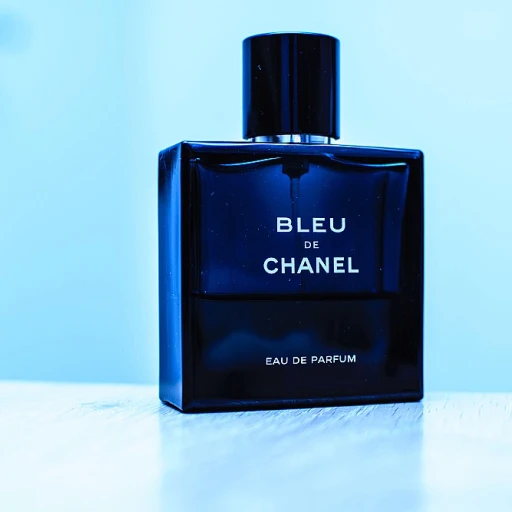
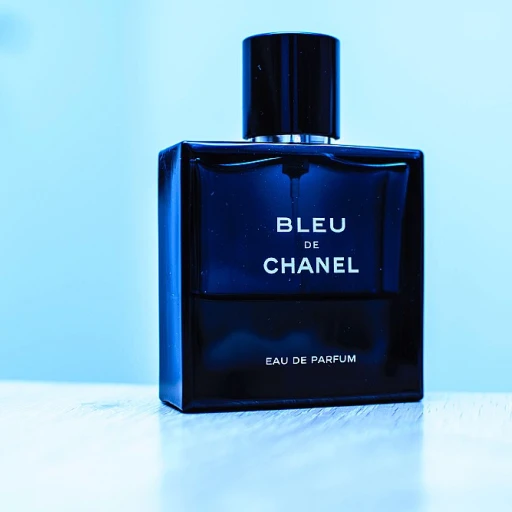
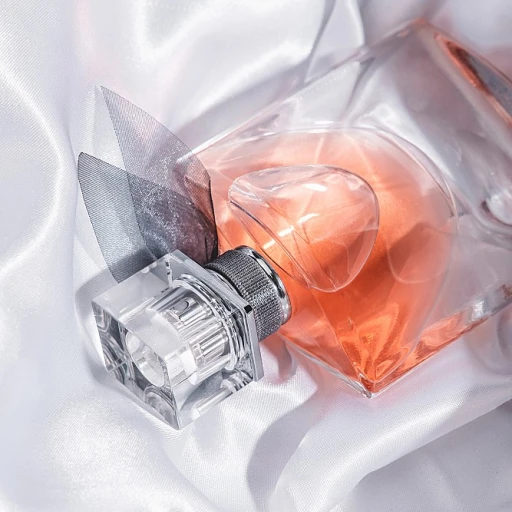
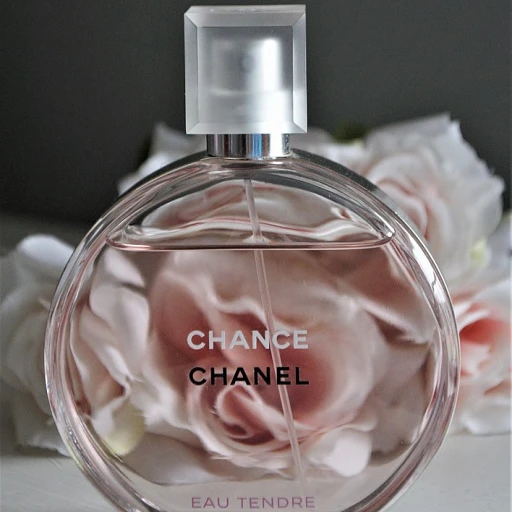

-large-teaser.webp)
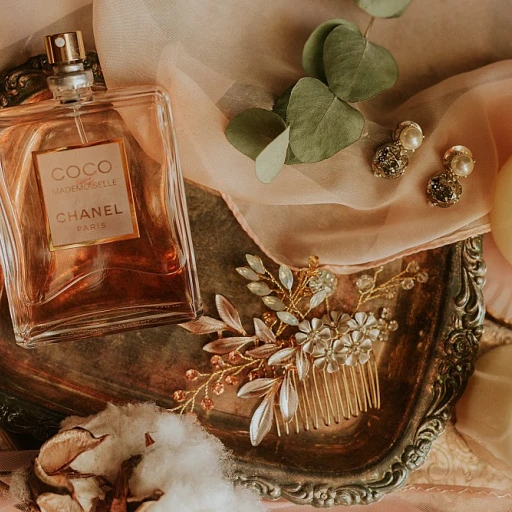
-large-teaser.webp)

